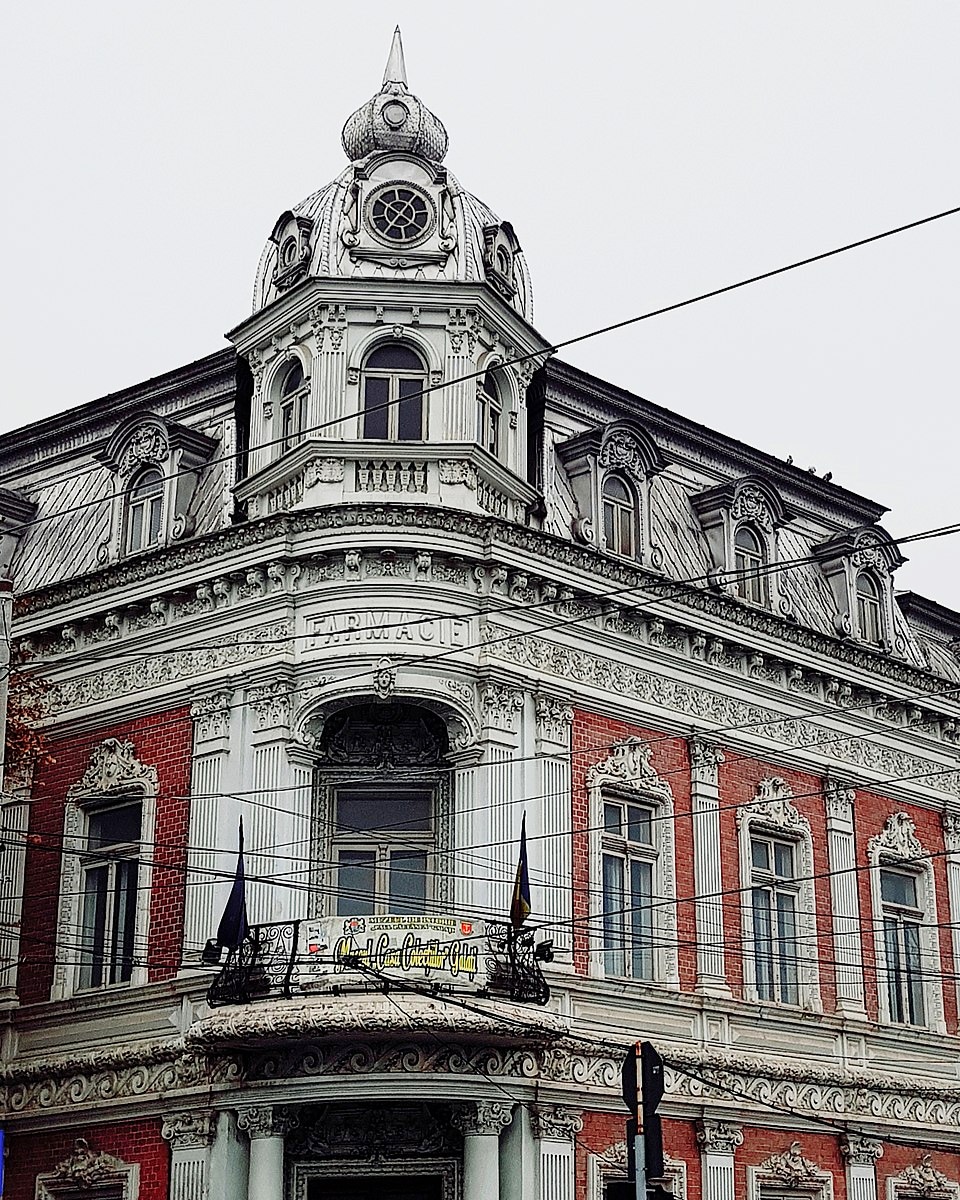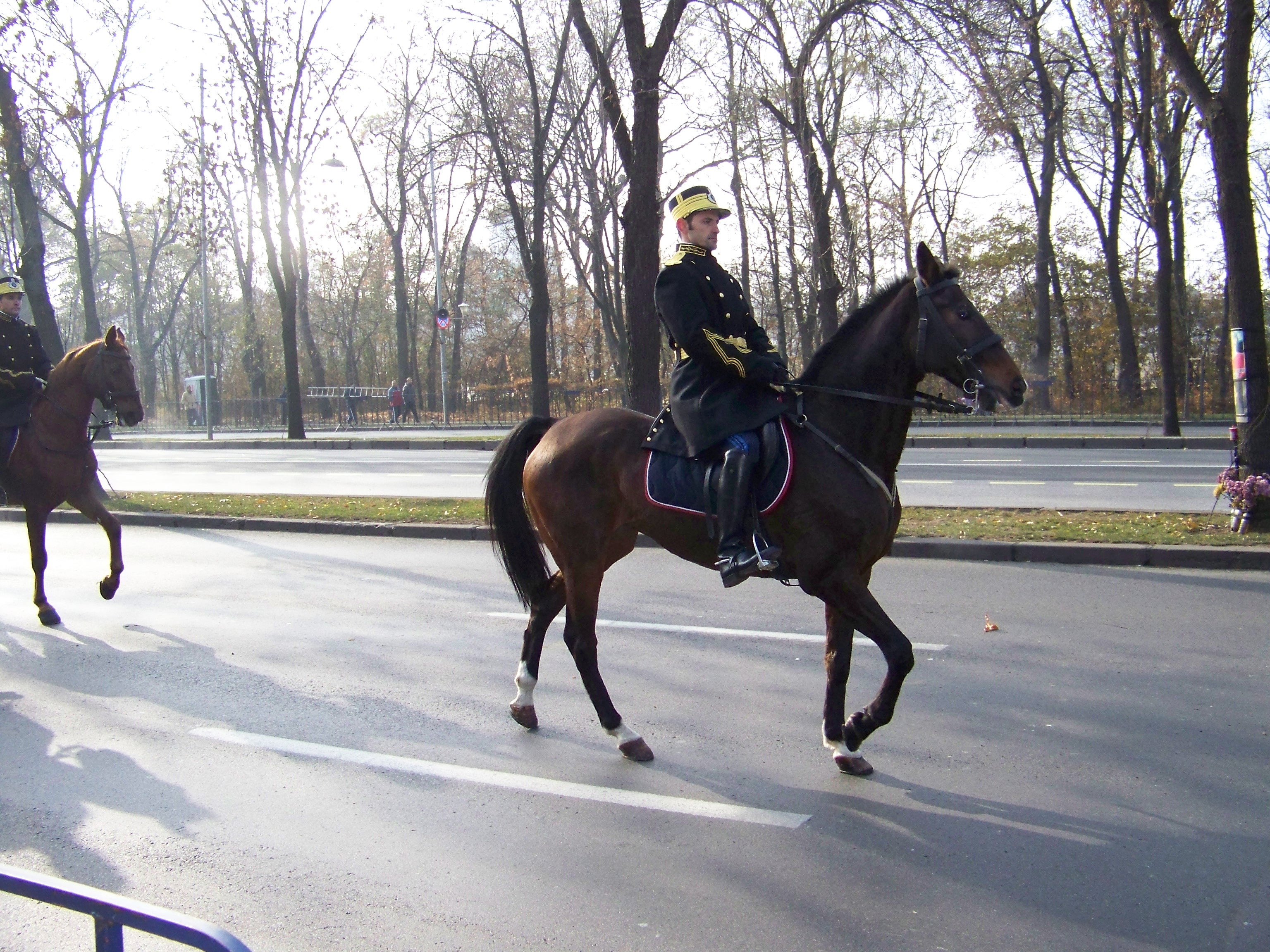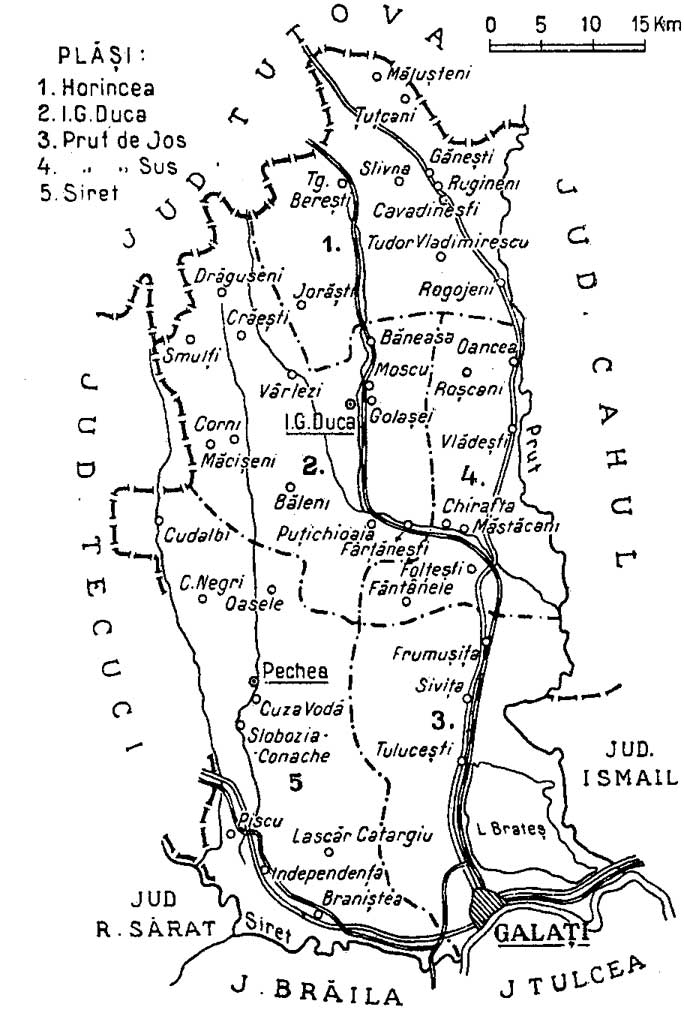|
Ionel Jora
Ioan "Ionel" Jora (20 June 1921 – 5 June 1950) was a Romanian communist activist and officer of the ''Securitate'', Romania's secret police, who was assassinated by the son of a suspect he had apprehended. Biography Ionel Jora was the third child of a working-class family from the port of Galați; his parents, Ion and Tudorița, were under the surveillance of ''Siguranța'', Romania's secret police before World War II, for their communist convictions. By fourteen, he was already working as a shop boy, and joined the Galați shipyard as an apprentice in 1936. After participating in industrial action together with older workers, he came under pressure from his employer and the ''Siguranța'', being forced to leave the shipyards for the ''Gallus'' paint factory in 1938. Soon after, in 1940, he was recruited into the outlawed Union of Communist Youth. By October 1940, together with his brother Alexandru, Jora was part of a communist cell constituted at the shipyard. The cell held s ... [...More Info...] [...Related Items...] OR: [Wikipedia] [Google] [Baidu] |
Galați
Galați (, , ; also known by other alternative names) is the capital city of Galați County in the historical region of Western Moldavia, in eastern Romania. Galați is a port town on the Danube River. It has been the only port for the most part of Moldavia's existence. In 2011, the Romanian census recorded 249,432 residents, making it the 8th most populous city in Romania. Galați is an economic centre based around the port of Galați, the naval shipyard, and the largest steel factory in Romania, Galați steel works. Etymology and names The name ''Galați'' is derived from the Cuman word . This word is ultimately borrowed from the Persian word , "fortress". Other etymologies have been suggested, such as the Serbian . However, the ''galat'' root appears in nearby toponyms, some of which show clearly a Cuman origin, for example Gălățui Lake, which has the typical Cuman -''ui'' suffix for "water". Another toponym in the region is Galicia, with its town of Halych, locally ... [...More Info...] [...Related Items...] OR: [Wikipedia] [Google] [Baidu] |
Gendarmerie (Romania)
The ''Jandarmeria Română'' () is the national Gendarmerie force of Romania, tasked with high-risk and specialized law enforcement duties. It is one of the two main police forces in Romania (the other being the Romanian Police - a civilian force), both having jurisdiction over the civilian population. The gendarmerie is subordinated Ministry of Internal Affairs and does not have responsibility for policing the Romanian Armed Forces. This duty lies with the Military Police subordinated to the Romanian Land Forces. History The beginnings The first Gendarmerie corps was created on 3 April 1850 in Moldavia by Prince Grigore Alexandru Ghica. After the Union of Moldavia and Wallachia in 1859 under Prince Alexandru Ioan Cuza, the Gendarmerie was subordinated to the Ministry of War as a separate armed force.''Repere istorice'' , ... [...More Info...] [...Related Items...] OR: [Wikipedia] [Google] [Baidu] |
Râmnicu Sărat County
Râmnicu Sărat County is one of the historic counties of Muntenia, Romania. The county seat was Râmnicu Sărat. Geography Râmnicu Sărat County covered 3,324 km2 and was located in central-south-eastern part of Greater Romania, in the northeastern part of the historical region of Muntenia. Currently, the territory that comprised Râmnicu Sărat County is now included in the Brăila County, Brăila, Buzău County, Buzău and Vrancea County, Vrancea counties. In the interwar period, the county neighbored Putna County, Putna and Tecuci County, Tecuci counties to the north, Covurlui County to the east, Brăila County to the southeast, and Buzău County to the southwest. History Slam Râmnic County (the old name of Râmnicu Sărat County) dates back to the period of the medieval organization of Wallachia. At first, the county's seat was at Focșani, Focșanii Munteni, located on the right bank of the Milcov River (Siret), Milcov River, separating it from the city of Focșani p ... [...More Info...] [...Related Items...] OR: [Wikipedia] [Google] [Baidu] |
Collective Farming
Collective farming and communal farming are various types of, "agricultural production in which multiple farmers run their holdings as a joint enterprise". There are two broad types of communal farms: agricultural cooperatives, in which member-owners jointly engage in farming activities as a collective, and state farms, which are owned and directly run by a centralized government. The process by which farmland is aggregated is called collectivization. In some countries (including the Soviet Union, the Eastern Bloc countries, China and Vietnam), there have been both state-run and cooperative-run variants. For example, the Soviet Union had both kolkhozy (cooperative-run farms) and sovkhozy (state-run farms). Pre-20th century history A small group of farming or herding families living together on a jointly managed piece of land is one of the most common living arrangements in all of human history, having co-existed and competed with more individualistic forms of ownership (as w ... [...More Info...] [...Related Items...] OR: [Wikipedia] [Google] [Baidu] |
Iron Guard
The Iron Guard ( ro, Garda de Fier) was a Romanian militant revolutionary fascist movement and political party founded in 1927 by Corneliu Zelea Codreanu as the Legion of the Archangel Michael () or the Legionnaire Movement (). It was strongly anti-democratic, anti-capitalist, anti-communist, and anti-Semitic. It differed from other European right-wing movements of the period due to its spiritual basis, as the Iron Guard was deeply imbued with Romanian Orthodox Christian mysticism. In March 1930, Codreanu formed the Iron Guard as a paramilitary branch of the Legion, which in 1935 changed its official name to the "Totul pentru Țară" party—literally, "Everything for the Country". It existed into the early part of the Second World War, during which time it came to power. Members were called Legionnaires or, outside of the movement, "Greenshirts" because of the predominantly green uniforms they wore. When Marshal Ion Antonescu came to power in September 1940, he brought the ... [...More Info...] [...Related Items...] OR: [Wikipedia] [Google] [Baidu] |
Vrancea Mountains
The Vrancea Mountains ( ro, Munții Vrancei) are a mountain range in the Curvature Carpathians in Romania. Located mostly in western Vrancea County, they also cover parts of Bacău, Buzău, and Covasna counties. The highest peak is , at . To the south are the and Massifs (part of the Buzău Mountains), while to the north are the Tarcău Mountains, separated from the Vrancea Mountains by the Trotuș River. The Vrancea Mountains are a habitat for a large number of animals, including brown bears, red foxes, deer, wild boars, Carpathian lynxes, stone martens, gray wolves, wild cats, and hares, as well as birds such as capercaillies, warblers, vultures, golden eagles, lesser spotted eagles, eagle-owls, tawny owls, long-eared owls, ravens, ring ouzels, black woodpeckers, green woodpeckers, and jay A jay is a member of a number of species of medium-sized, usually colorful and noisy, passerine birds in the Crow family, Corvidae. The evolutionary relationships between the jays ... [...More Info...] [...Related Items...] OR: [Wikipedia] [Google] [Baidu] |
Anti-communist Resistance In Romania
The Romanian anti-communist resistance movement was active from the late 1940s to the mid-1950s, with isolated individual fighters remaining at large until the early 1960s. Armed resistance was the first and most structured form of resistance against the communist regime, which in turn regarded the fighters as "bandits". It was not until the overthrow of Nicolae Ceaușescu in late 1989 that details about what was called "anti-communist armed resistance" were made public. It was only then that the public learned about the several small armed groups, which sometimes termed themselves "haiducs", that had taken refuge in the Carpathian Mountains, where some hid for ten years from authorities. The last fighter was eliminated in the mountains of Banat in 1962. The Romanian resistance was one of the longest lasting armed movements in the former Eastern Bloc. Some academics argue that the extent and influence of the movement is often exaggerated in the post-Communist Romanian media, mem ... [...More Info...] [...Related Items...] OR: [Wikipedia] [Google] [Baidu] |
Turning
Turning is a machining process in which a cutting tool, typically a non-rotary tool bit, describes a helix toolpath by moving more or less linearly while the workpiece rotates. Usually the term "turning" is reserved for the generation of ''external'' surfaces by this cutting action, whereas this same essential cutting action when applied to ''internal'' surfaces (holes, of one kind or another) is called " boring". Thus the phrase "turning and boring" categorizes the larger family of processes known as lathing. The cutting of faces on the workpiece, whether with a turning or boring tool, is called "facing", and may be lumped into either category as a subset. Turning can be done manually, in a traditional form of lathe, which frequently requires continuous supervision by the operator, or by using an automated lathe which does not. Today the most common type of such automation is computer numerical control, better known as CNC. (CNC is also commonly used with many other typ ... [...More Info...] [...Related Items...] OR: [Wikipedia] [Google] [Baidu] |
Covurlui County
Covurlui County is one of the historic counties of Moldavia, Romania. The county seat was Galați. In 1938, the county was disestablished and incorporated into the newly formed Ținutul Dunării, but it was re-established in 1940 after the fall of Carol II's regime - only to be abolished 10 years later by the Communist regime. Geography Covurlui County covered 2,662 km2 and was located in Moldavia. Currently, the territory that comprised Covurlui County is now mostly included in the Galați County, with a small northern part in the Vaslui County. In the interwar period, the county neighbored Tutova County to the north, Cahul and Ismail counties to the east, Tulcea County to the southeast, Brăila County to the south, Râmnicu Sărat County to the southwest, and Tecuci County Tecuci County was a county ( Romanian: ''județ'') in the Kingdom of Romania, in the historical region Moldavia. The county seat was Tecuci. The county was located in the central-eastern part of Great ... [...More Info...] [...Related Items...] OR: [Wikipedia] [Google] [Baidu] |
Romanian Communist Party
The Romanian Communist Party ( ro, Partidul Comunist Român, , PCR) was a communist party in Romania. The successor to the pro-Bolshevik wing of the Socialist Party of Romania, it gave ideological endorsement to a communist revolution that would replace the social system of the Kingdom of Romania. After being outlawed in 1924, the PCR remained a minor and illegal grouping for much of the interwar period and submitted to direct Comintern control. During the 1920s and the 1930s, most of its activists were imprisoned or took refuge in the Soviet Union, which led to the creation of competing factions that at times came in open conflict. That did not prevent the party from participating in the political life of the country through various front organizations, most notably the Peasant Workers' Bloc. During the mid 1930s, as a result of the purges against the Iron Guard, the party was on the road to achieving power, but this was crushed by the dictatorship of king Carol II. In the perio ... [...More Info...] [...Related Items...] OR: [Wikipedia] [Google] [Baidu] |






